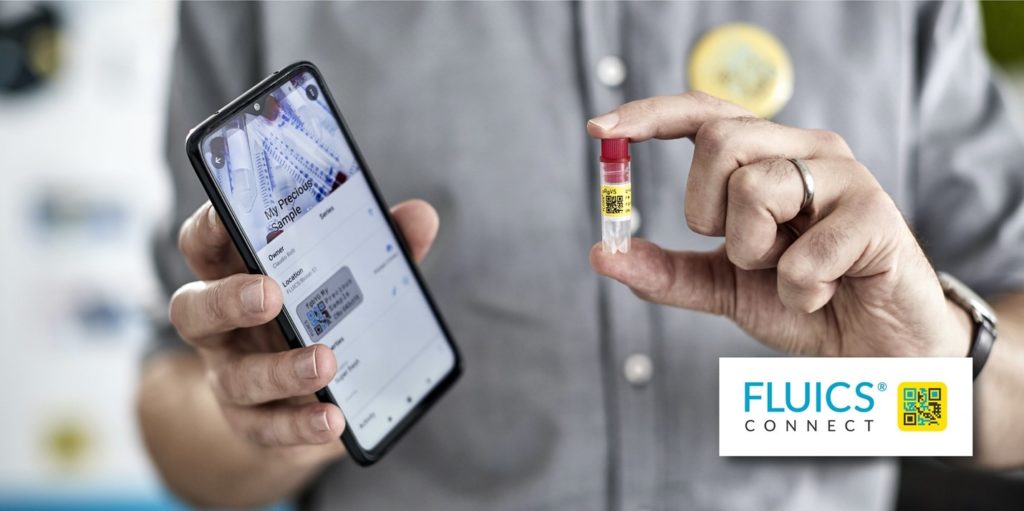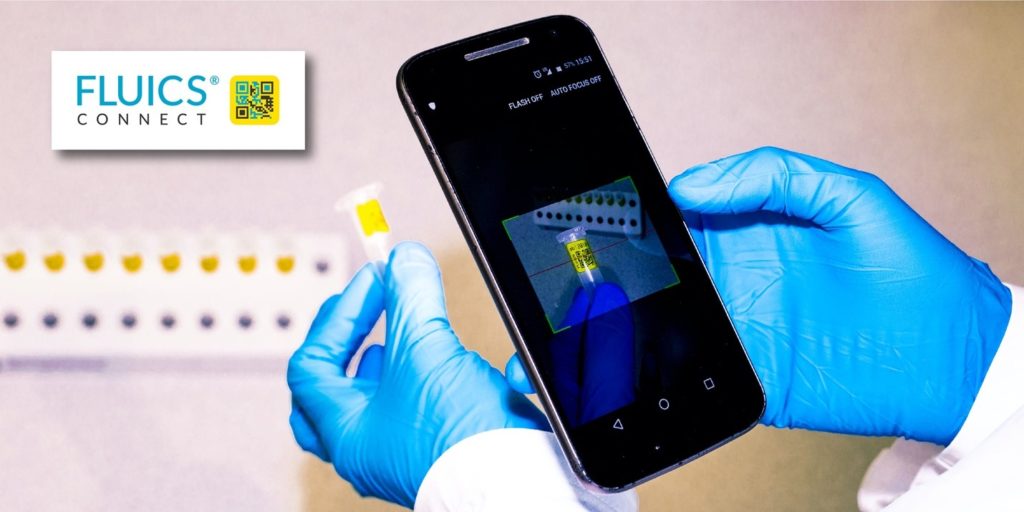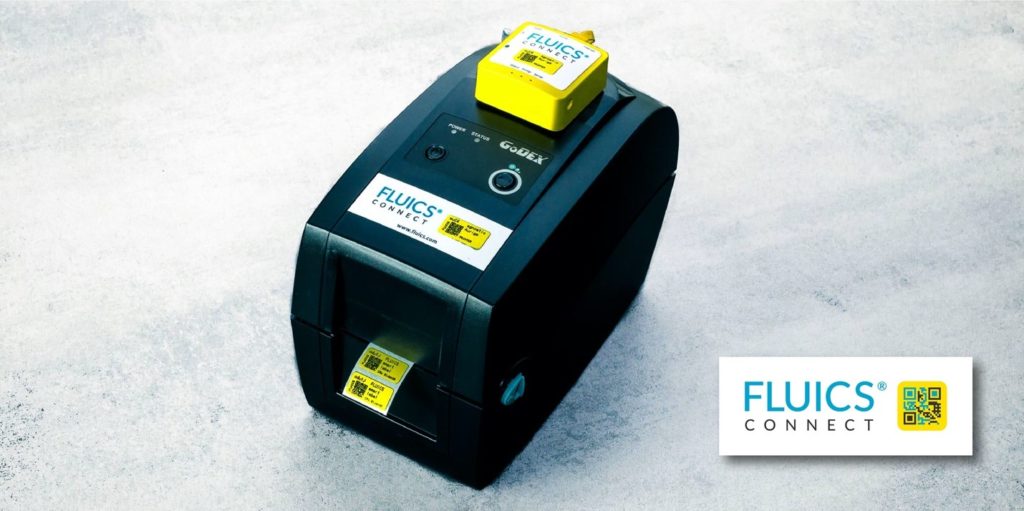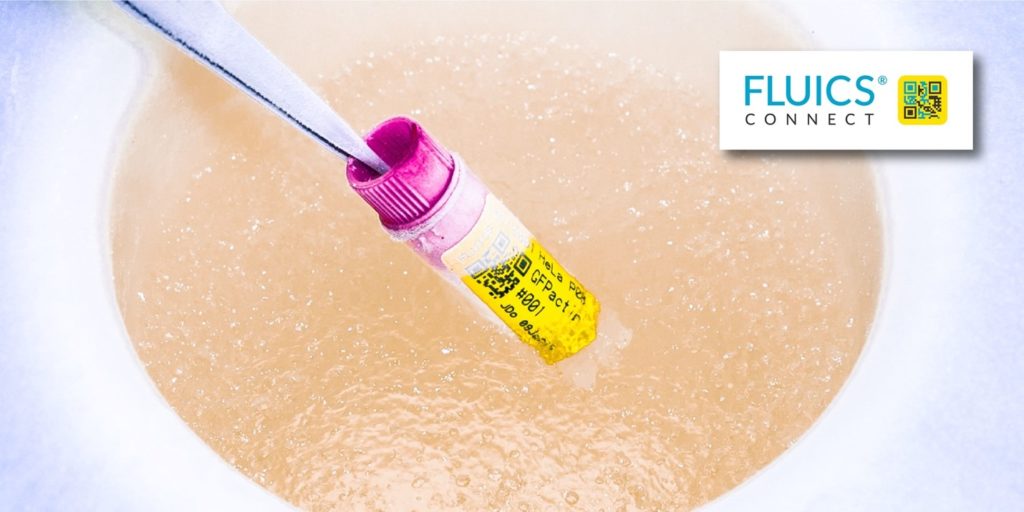 In July 2014, six vials of smallpox virus were discovered in an unsecured cold room on the NIH campus in Bethesda, Maryland, by an FDA scientist. Further investigation determined that the vials did indeed contain live virus and had not been known to the FDA or NIH for roughly 50 years, the length of time they had been sitting in storage. This situation sheds light on some of the more extreme risks of a lack of biological sample inventory. Still, there are a multitude of benefits to having accurate and efficient sample inventory management too. From safety and security to energy efficiency and time savings, having a high-quality inventorying management method is the way to go. Claudio Rolli of FLUICS GmbH in Germany wrote the following guest blog post about sustainable inventory management.
In July 2014, six vials of smallpox virus were discovered in an unsecured cold room on the NIH campus in Bethesda, Maryland, by an FDA scientist. Further investigation determined that the vials did indeed contain live virus and had not been known to the FDA or NIH for roughly 50 years, the length of time they had been sitting in storage. This situation sheds light on some of the more extreme risks of a lack of biological sample inventory. Still, there are a multitude of benefits to having accurate and efficient sample inventory management too. From safety and security to energy efficiency and time savings, having a high-quality inventorying management method is the way to go. Claudio Rolli of FLUICS GmbH in Germany wrote the following guest blog post about sustainable inventory management.
Cold Storage
Samples that are stored in your freezers, cryo-storage, and safety cabinets are unique and precious. It is either a lot of effort to produce or collect them, or they are expensive to buy. Typically, many different reagents such as buffers and purification resins and consumables like tubes, tips, and flasks are needed to prepare the bio-samples before they finally make their way to long-term storage. Also, for ethical reasons, one is advised not to waste human or animal-derived samples such as biopsies and blood used for cell cultures or extraction of antibodies.
Storing biological samples under frozen conditions consumes significant energy. For example, a single ultra-low temperature freezer running at -80˚C consumes as much electricity as a household of four. The actual energy consumption also depends on how often and for how long the freezers are opened and how much ice is allowed to accumulate inside – a result of condensation, which decreases the efficiency of cooling and increases the total energy consumption. Therefore, labs should only fill their storage spaces with well-labeled samples instead of jamming them up with poorly labeled or even outdated material.
Inventory Tracking
Two main attributes of your samples should be considered to quickly find what you are looking for within cold storage units, reducing excessive energy consumption:
- Samples labeled with clear writing, resistant to mechanical abrasion and organic solvents such as ethanol and isopropanol are ideal for finding and identifying samples inside freezers and freezer boxes quickly. Although labeling samples by hand with a marker might seem more convenient during daily bench work, the situation changes once the samples go into storage. Using a label printer with cryo-proof labels helps to find stored bio-samples quickly. In addition, proper labeling reduces the risk of losing samples due to poor handwriting or detached labels floating in liquid nitrogen. In addition to readable text on the labels, printing QR-codes allows researchers to quickly update their sample inventory.
- To be able to find and remove samples rapidly from storage, you ideally want to know exactly where to find the sample even before opening the freezer or cryo-freezer. This is where a well-maintained inventory database is important. Unless you are working in a lab where all sample-handling is fully automated and done by pipetting robots, the chances are high that you are using spreadsheets such as Excel or Google Sheets to track your stored samples. Today, in 2020, this is still the case for nine out of ten life sciences research labs. In fact, spreadsheets can help to track storage locations in a simple and flexible way. In addition, there are alternatives now available that can aid your lab in keeping a more up-to-date inventory.

Comparison of mobile inventory management vs. traditional databases
Mobile Inventory Management
- Harness smartphone cameras for scanning barcodes
- In some cases, integrated with a cloud-connected label printer
- Label printers eliminate text and legibility issues
- Can be readily accessed by all lab members for real-time updating
- Designed to promote updating inventories in-the-moment to reduce errors
- Some upfront cost and maintenance costs
- Greater upfront time investment allows time savings later on
Traditional Databases
- Can be used with computers, tablets, and phones
- Usually not integrated with barcode scanning
- Usually rely on handwritten sample labels, which can be hard to read or fall off tubes over time
- Can be accessed by all lab members, may be more difficult to update in real-time
- Low-cost or free solution
- Small-time investment to begin can lead to more significant time requirements later if not updated regularly
Keeping a lab’s sample inventory up to date is key for reducing the number of needed freezers, minimizing excessive energy consumption from repeatedly opening cold storage units, and efficiently using valuable cold storage space in the lab.

To learn more about mobile inventory management and QR codes for samples, visit the FLUICS CONNECT website or directly write to connect@fluics.com.




